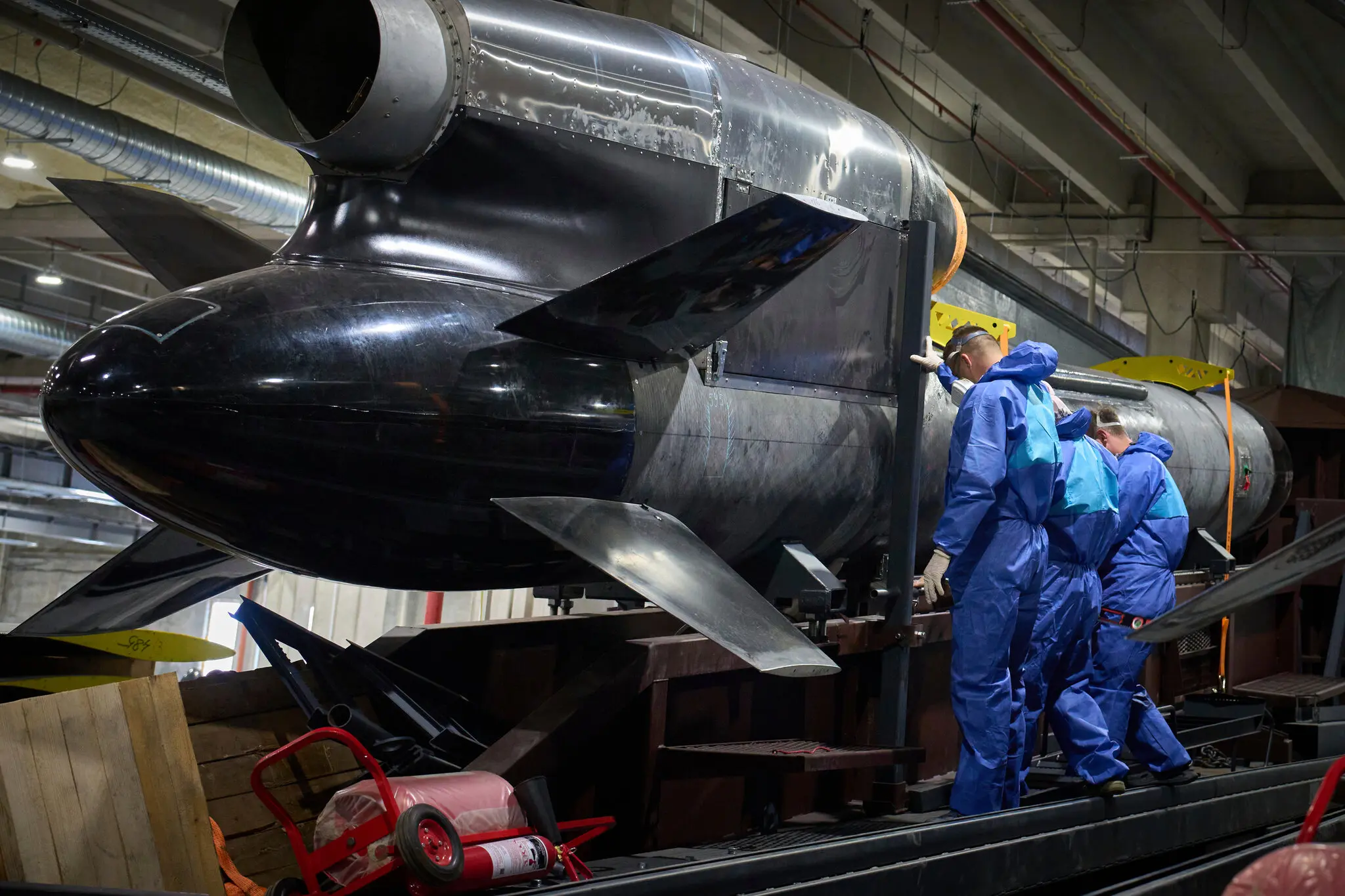In comments for The New York Times, Maksym Skrypchenko, President of the Transatlantic Dialogue Center, highlighted Ukraine’s strategic approach to building long-term security: combining Western support with the rapid development of its domestic defence industry.
“The whole model is that we get contracts, written agreements, that state we will have this number of weapons provided to Ukraine by this year, from the United States, from the Europeans,” Mr. Skrypchenko explained.

He underlined that Ukraine seeks not only to channel Western funding into immediate foreign arms procurement but also into domestic production capacity, which has grown significantly during the war. This would allow Ukraine to manufacture missiles that some Western partners have been reluctant to supply or have delivered with strict limitations.
Ukraine’s defence firms, such as Fire Point (producer of the Flamingo missile), are already working to scale up output, while new systems like the Sapsan short-range ballistic missile have entered production. With sufficient investment, Ukraine could increase missile output sevenfold by autumn 2025.
“When we’ll have several hundred ballistic missiles with the range capable to hit targets in Moscow, it will be a completely different game,” Mr. Skrypchenko said.
This vision underscores a central principle: a robust Ukrainian missile program is not only a tool of deterrence but also a cornerstone of sustainable independence.